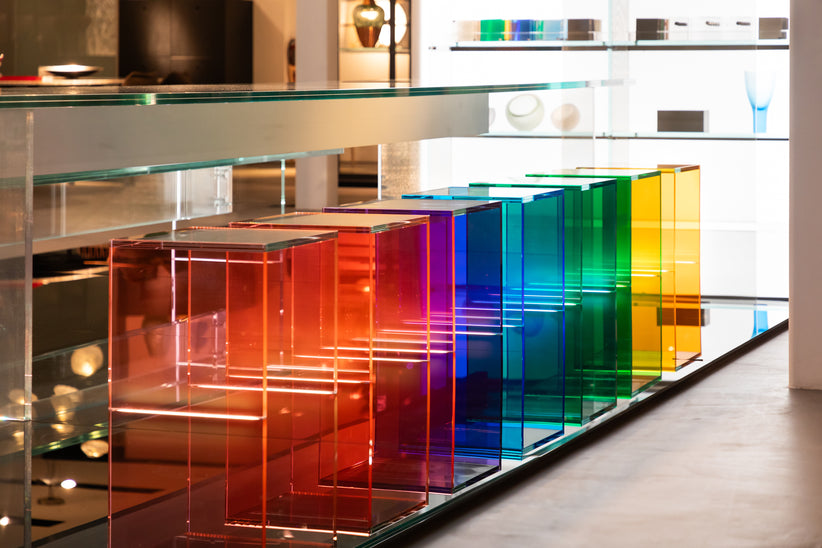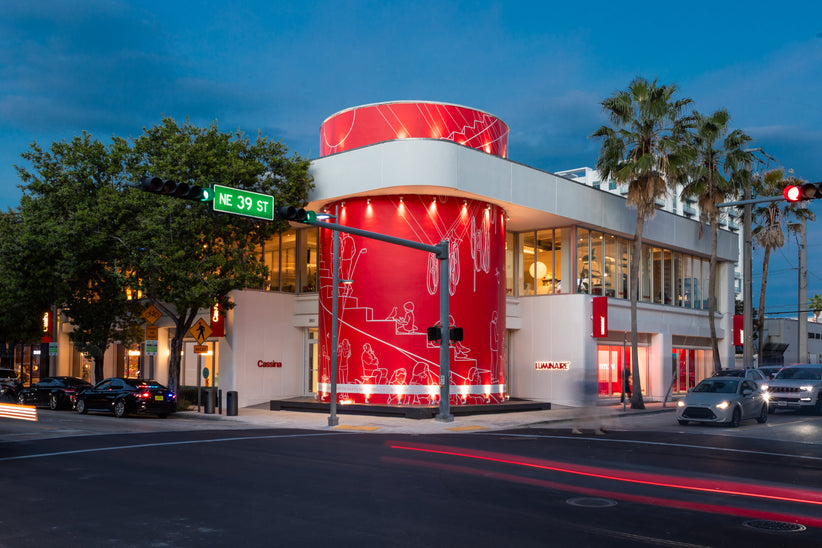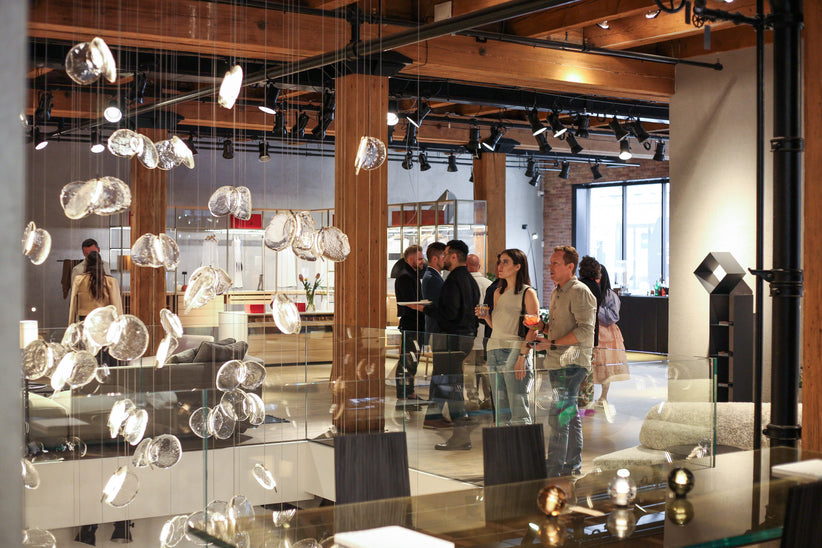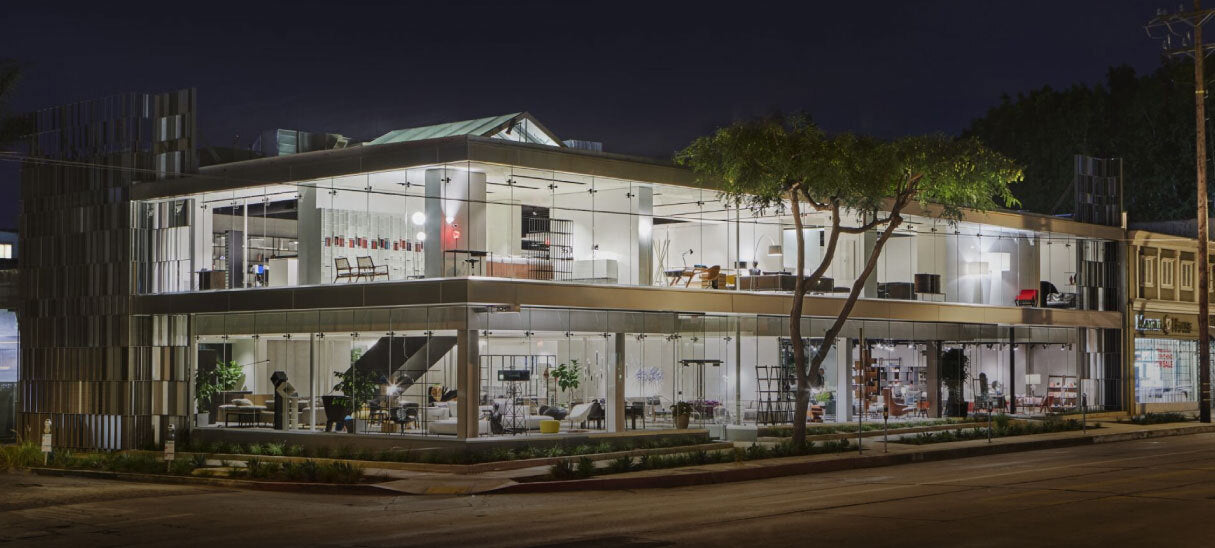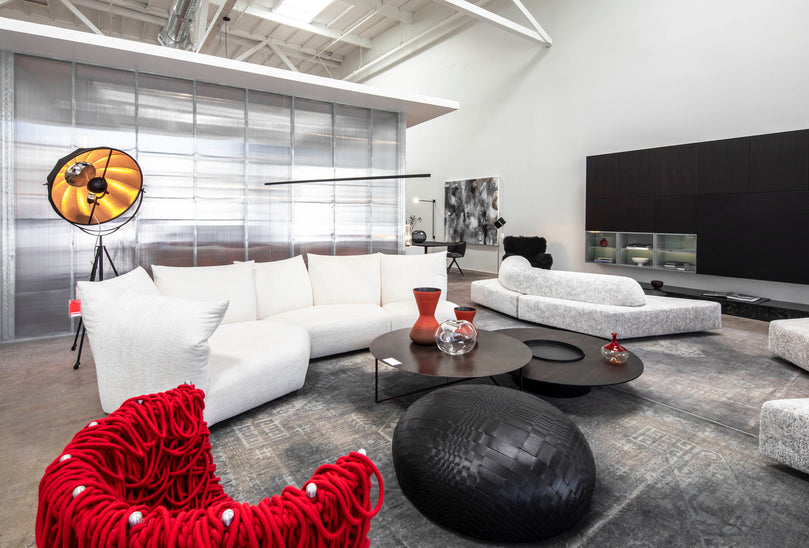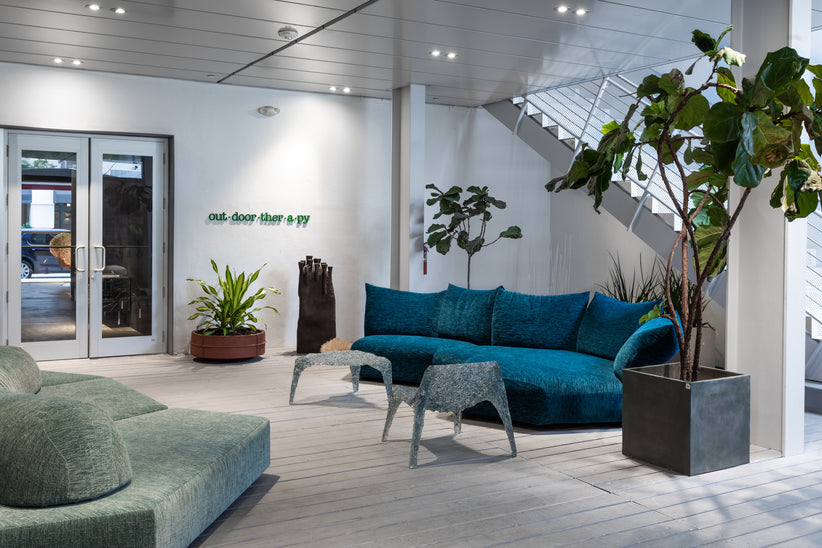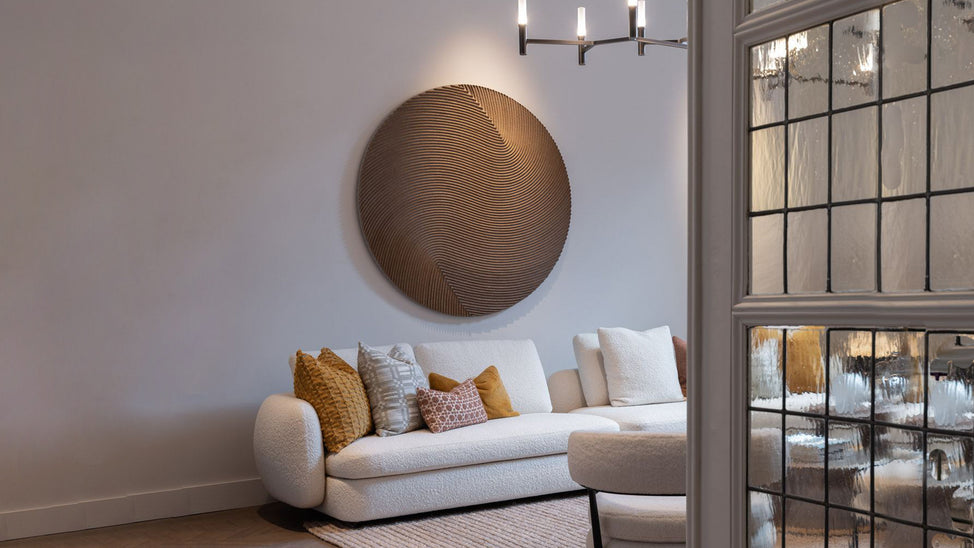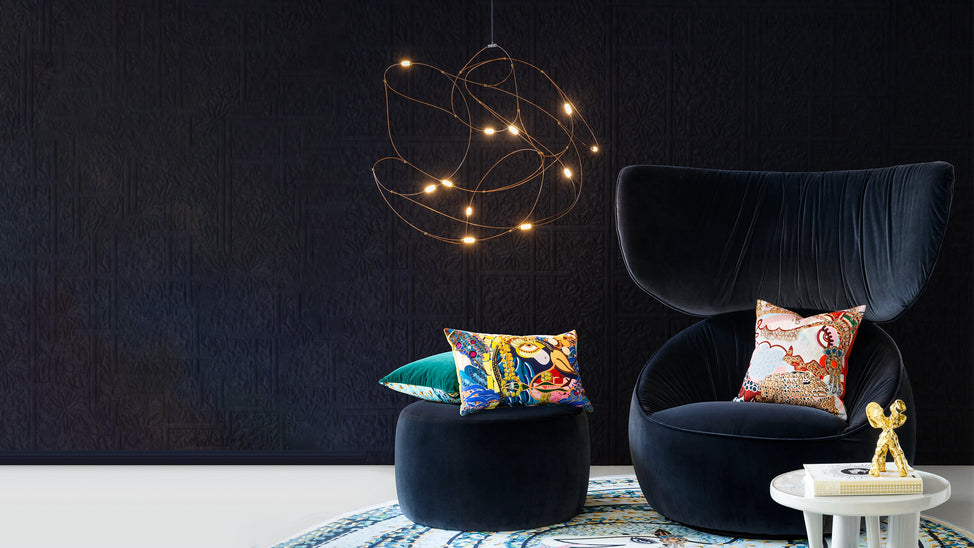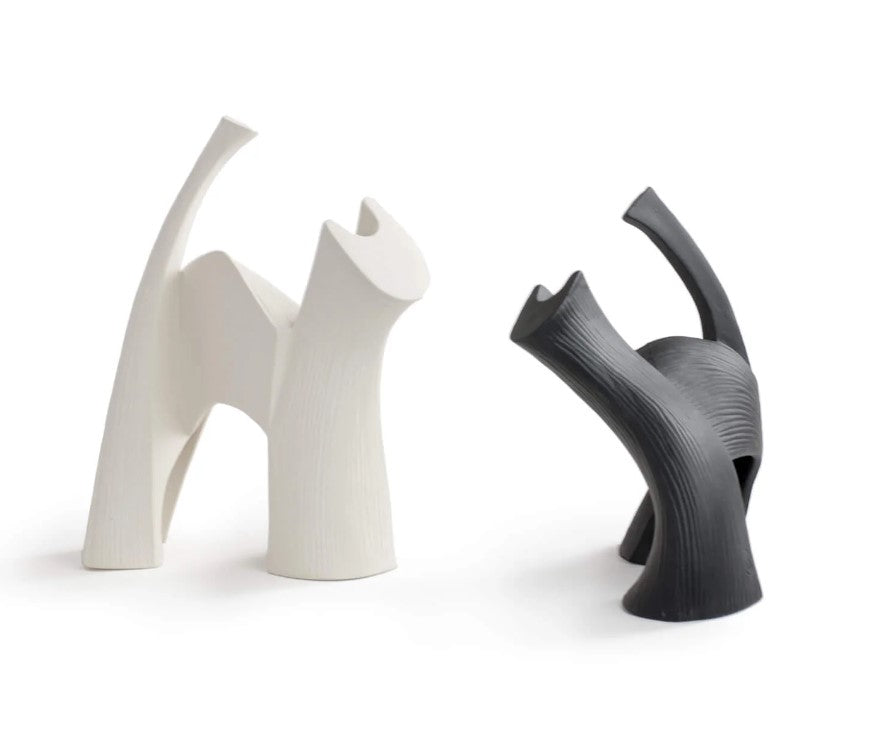In a wonderous symbiosis of color, line, form, and balanced proportions, design and art coexist as siblings of the sublime, fueling our aesthetic sensibilities with visuals that add meaning to our existence and ideas that open our minds to new ways of being in this world. However, while design can indeed be artful, and while some art manifests some of the same principles that makes good design powerful and poignant, the two are indeed disparate forms of visual communication, related at times in substance yet distinct in purpose and expression, singular and persuasive. As we explore the nature of art and design, we learn more about their significance to our lives, where the lines are distinguished and at times blurred, and make judicious determinations of what we choose to enhance our surroundings, revealing meaning in the useful and the transcendent.
Cerebral yet impassioned and affecting, art performs through the senses, rousing emotions, provoking thought, and stimulating beliefs with the visual and the inspiring. Often considered an aesthetic venture, manifesting evidently through works like painting, photography, and sculpture, art is also used to describe an enlightened sense of emotion and ideas as revealed in literature, music, and performances as well. To say something is an art is to elevate it to a heightened awareness of sensation and the ideal, generating a constellation of emotion, sensation, and contemplation. Art is often understood as expressive, an articulation of the artist’s sensibilities, desires, and thoughts as unleashed in poetic form, open to interpretation and largely subjective. Perceptions of what is considered art can change over time, influenced by the sensibilities of an era and the ideas and preferences that permeate a given culture, finding relevance when in dialogue with the zeitgeist, a commentary on our surroundings and our being that can serve any purpose the artist desires, or no purpose at all, existing merely to edify the soul and inspire the mind.
Design, on the other hand, can be beautiful, functional, and accessible, and bring a sense of artfulness to the objects we use every day. In 1919, an early pioneer of modern design, Walter Gropius, mapped the differences in art and design when he founded the Bauhaus School in Weimar, Germany, claiming that the function of art historically was to serve a formal importance severed from daily life. Design, on the other hand, was meant to address the human needs that pervade our daily existence, where the life of the material stands in harmony with the world of ideals. Here design bridges a chasm between art and the public, making art a living thing that informs our existence with specified purpose, and while good design does speak to our emotions with pleasing aesthetics and sophisticated style, it bestows to an object a logical structure and material, and in response, a logical form, making one’s surroundings objectively more useful, comfortable, and exquisitely picturesque, an expression of the user rather than that of its maker. Unlike art, design is often understood as a proposed solution, one that centers on the experience of those for whom the design is intended, rather than as a manifestation of a creator’s desires open to viewer interpretation and not dependent on the lived experience. Art in this way is perceptual, whereas design in this sense is rational and requires a keen functionality in order to exist in harmony with those who enjoy its gifts, benevolent and refined.
While differences between art and design exist, there are qualities that overlap that can make good design a veritable work of art and art a piece that not only appeals to the imagination but offers a stable home in the functional realm as well. Whether transforming a vase into a collectible object of art with wisps of sculpted metal that embrace its neck, as with Vanessa Mitrani’s Cabaret Vase, or becoming entranced in the copper loops and white planters of hand-blown glass of Omer Arbel’s 38 series for Bocci, design as art grants us an elevated sense of the unique and the visual, while enhancing our atmosphere with useful objects that make living more pleasurable, at ease, and enriched with beauty and effortless luxury. As celebrated 20th century designer Bruno Munari noted in his book Design As Art, “When the objects we use every day and the surroundings we live in have become in themselves a work of art, then we shall be able to say that we have achieved a balanced life.” Both design and art are masters of storytelling, weaving narratives that inform how we live and what matters to us, and when the two unite in a piece that summons emotional poignancy and expresses a simple utility of contentment and well-being, a harmony of the ethereal and the concrete is achieved, uplifting our senses and enriching our daily lives with efficacy and value in material and form, making good design an art of passion and practicality, affecting and illuminating.
March 2024


